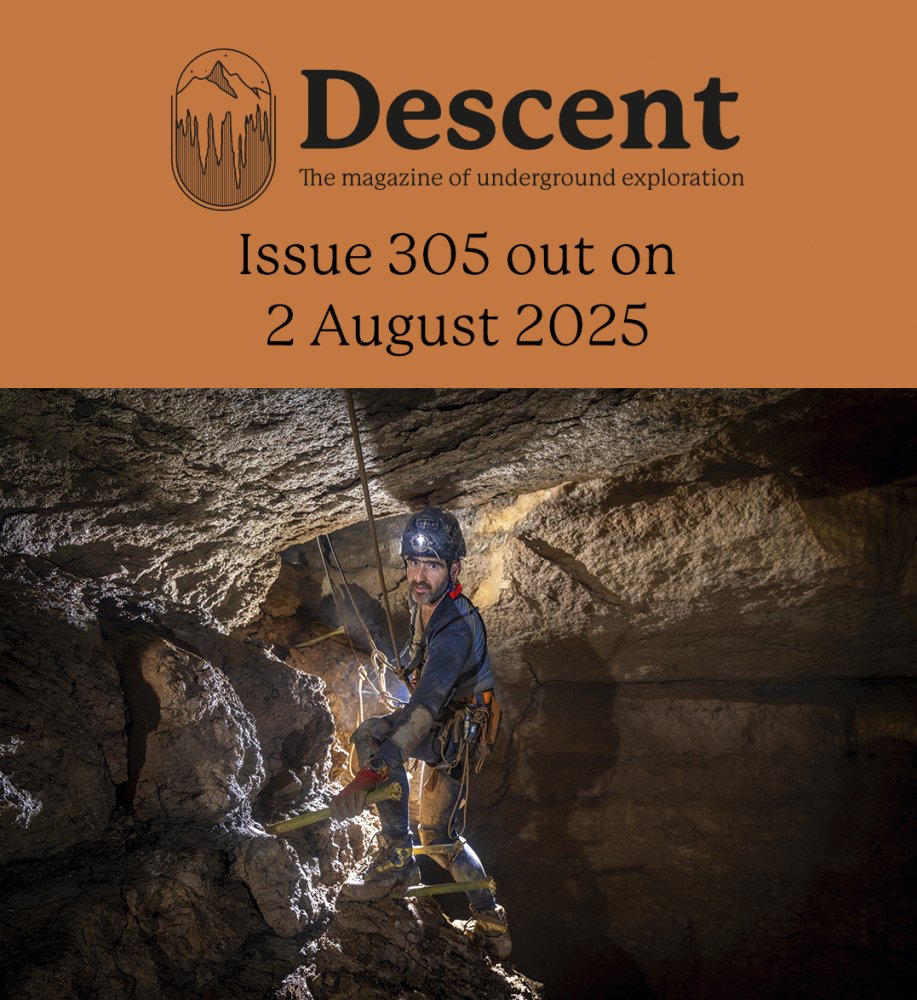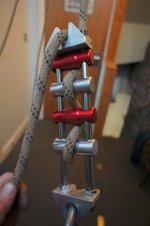Cantclimbtom
Well-known member
We could contribute to this thread all day and all night, but in part it will be your personal preference. I suggest you get yourself a Petzl stop (when more experienced you'll probably want a different device but by then you'll know a lot more and what does and doesn't work).
Then practice with a pair of rope over a high tree branch *not* a cave.
On YouTube there are some good tutorials. Look for Derek Bristol who has excellent tutorials, vertical caving (note "frog technique"). Enjoy...
Then practice with a pair of rope over a high tree branch *not* a cave.
- Go up one rope and while still hanging in the air (don't touch the tree) swap to going down again. Then just before you touch the ground swap to going up again. Repeat for laps up and down on the same rope.
- Tie some knots and practice ascending up past a knot and descending down past a knot. Repeat for laps up and down on the same rope
- Practice going up a rope, transferring to another rope and descending that one then before you touch the ground transfer rope and climb back up. Repeat for laps using 2 ropes
- Try ascending using the stop, try descending using ascenders.
- Try to make a rebelay to pass up and down using a tree branch and sling.
On YouTube there are some good tutorials. Look for Derek Bristol who has excellent tutorials, vertical caving (note "frog technique"). Enjoy...




